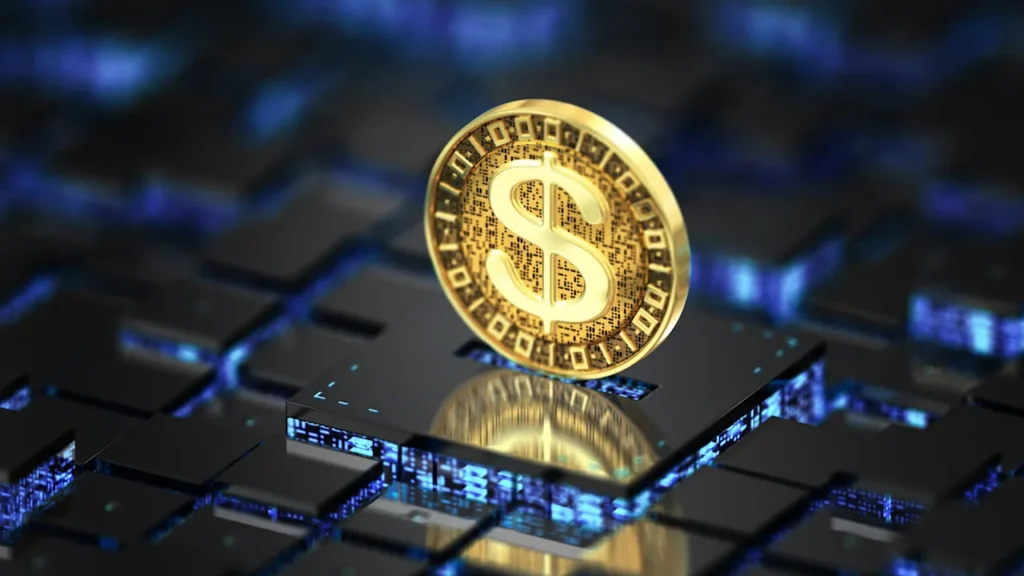
Picture this: You walk into a coffee shop, order a latte, and pay with your phone. To you, it feels like checking out with Venmo. And to the cashier, it’s business as usual. But behind the scenes, something different is happening: You just paid with crypto.
This isn’t science fiction—it’s already happening. From Starbucks to Walmart, retailers are rolling out crypto acceptance, and consumers are responding. Surveys show 39% of U.S. crypto holders have shopped with crypto (with 9% doing so daily), while 23% of non-holders say they’d use crypto if they could shop with it.
That’s millions of shoppers who want the choice to pay with digital assets, but don’t realize that they already can.
A smarter way to pay retailers
For merchants, crypto isn’t just another payment button—it’s a way to improve the bottom line. Traditional payment rails come with added fees and delays that can get in the way. But now, crypto processors help convert crypto to fiat currency—government-issued currency that is not backed by a physical asset like the U.S. dollar, gold, or silver—so merchants can accept crypto at checkout seamlessly.
How’s that possible? It’s actually quite simple. These processors generate a wallet address for customers to pay (think of it as a crypto account number), then process the transaction, verify it on a blockchain, and automatically convert the crypto to the merchant’s preferred government-backed currency (like the dollar), depositing it directly into the retailer’s bank account. Conversion is handled immediately, and usually settled automatically at locked-in rates, avoiding any risk of the token’s price fluctuation.
And then there are stablecoins—a specific type of digital currency pegged to another asset like the dollar and designed to hold steady value—which retailers are also embracing as a way to accept crypto at checkout without having to navigate potential price swings.
To sum it up: Often with fewer fees than card networks and instant (or near-instant) settlement, crypto payments can improve cash flow and offer retailers global reach with fewer currency exchange headaches, and money in the bank—without waiting days for funds to clear. That means less money paid to intermediaries and more money in the sellers’ pockets.
The hidden customer segment
Accepting crypto also allows retailers to appeal to a growing, eager customer base. Surveys show that more than 55 million Americans hold crypto today, and they’re looking for practical ways to use it. Offering crypto at checkout signals that your business is forward-thinking and inclusive—and can draw in innovative shoppers who actively seek out merchants who accept digital assets.
Big names are leading the charge. Starbucks, Whole Foods, and Chipotle accept crypto through payment processors like Flexa and Spedn. Sheetz enabled Bitcoin and Ethereum across its 750+ convenience stores, even layering payments into its loyalty program. Walmart piloted Bitcoin payments in 50 stores, using the same terminals as Apple Pay. Even PayPal now allows merchants to accept 100+ cryptocurrencies, converting them into dollars on the spot.
Everyday value for shoppers
For consumers, crypto payments bring tangible benefits that go beyond novelty. The added speed and savings that merchants gain can translate into special discounts and perks for customers, as crypto processors and retailers are experimenting with promotions and loyalty programs that turn everyday purchases into opportunities to earn extra value.
In August, Sheetz offered a 50% discount on in-person crypto purchases during peak hours; Starbucks and Shake Shack have piloted Bitcoin rewards and NFT-based loyalty programs; Nike and Sephora have integrated crypto rewards into purchases. With crypto, checkout becomes more than a transaction—it’s a chance to unlock extra benefits.
And the checkout experience feels no different. Apps like BitPay, MoonPay, and PayPal work behind the scenes so the experience of paying with crypto feels the same as tapping your phone or swiping a card.
From experiment to expectation
The story of retail payments is one of constant evolution: checks gave way to plastic, plastic gave way to contactless, and now crypto is quietly stepping into the mix. What once felt novel is becoming normal.
For merchants, crypto is a chance to reduce costs, attract new customers, and build loyalty in ways that traditional payment methods can’t. For consumers, it’s a way to shop faster, smarter, and with more rewards.
The question isn’t if crypto will become part of mainstream retail, it’s when. And for forward-thinking merchants, the answer is now.
Stuart Alderoty is president of the National Cryptocurrency Association.
